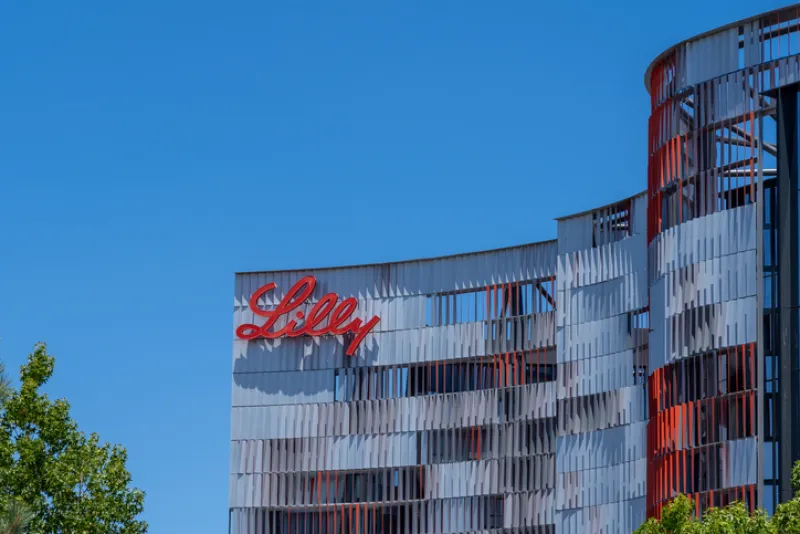With Susan Ridlen out at Eli Lilly, Goldman Sachs is in.
In a move that marks the end of an era for the pharmaceutical company’s celebrated in-house investment team and a major win for Goldman’s outsourced chief investment officer unit, Eli Lilly and Co. is handing management of its $25 billion portfolio of U.S. and Puerto Rican retirement assets over to the investment giant.
The mandate, covering both defined benefit and defined contribution plans, will leverage Goldman’s multi-asset solutions team to provide holistic portfolio management across public and private assets. The transition is expected to be completed by the end of 2025.
This marks the firm’s fourth-largest corporate pension win, behind UPS’s $43.4 billion pension portfolio, Shell’s $40 billion in international pension assets in Europe, and BAE Systems’ $28.2 billion pension portfolio.
Eli Lilly’s transition to an OCIO model is a fundamental strategic pivot following the recent retirement of longtime CIO Susan Ridlen.
Ridlen helmed the company’s retirement portfolio for roughly two decades, building a reputation as a maverick in the corporate pension world. Under her leadership, the fund was known for its endowment-like approach, with roughly half of its assets allocated to alternatives, including a sophisticated hedge fund portfolio that consistently delivered alpha.
The in-house operation was a point of pride and a competitive advantage. Ridlen’s lean team of just a handful of professionals in Indianapolis managed a complex portfolio that significantly outperformed its benchmarks, saving the company hundreds of millions of dollars annually. The team’s success, coupled with the pension’s modest cost relative to Lilly’s overall expenses, was a key reason the company repeatedly defied corporate trends by keeping its DB plan open and well-funded.
Ridlen, who received Institutional Investor’s Lifetime Achievement Award in 2023, announced her retirement in August after 34 years with the company, setting the stage for this strategic review. The appointment of Goldman Sachs, with nearly $450 billion in OCIO assets under supervision, suggests Lilly’s fiduciaries have opted for the scale and infrastructure of a major institution over rebuilding a similarly ambitious internal team.
Goldman Sachs has been benefiting from the industrywide shift toward OCIO. The overall OCIO market in the U.S. is booming, with assets reaching $2.9 trillion at the end of 2023 and projected by Cerulli to hit $4.2 trillion by 2028. A key trend fueling this growth is market concentration: Large-scale providers now command 61 percent of global OCIO assets, a significant jump from 49 percent in 2017, as consolidation narrows the field.







